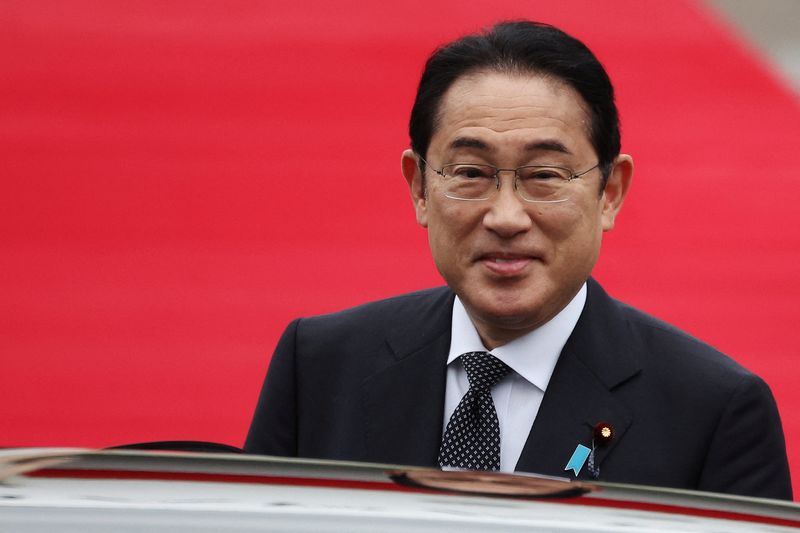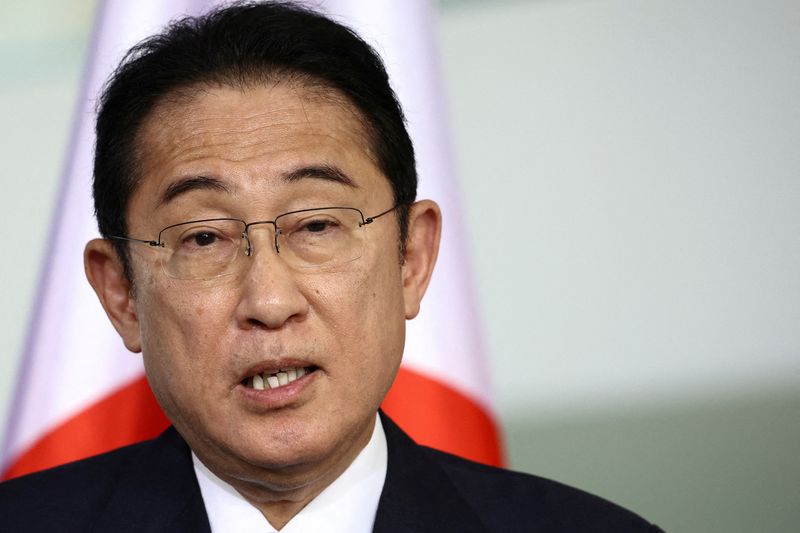TOKYO (Reuters) -Japan's ruling Liberal Democratic Party unveiled on Thursday a list of nine candidates for its Sept 27 election to replace outgoing Prime Minister Fumio Kishida as leader of the party that has governed for most of the last seven decades.
Here is a rundown of the leading contenders.
WHAT HAPPENS NEXT?
Each candidate, having secured backing from at least 20 other LDP lawmakers to qualify for the poll, will begin a series of public appearances, starting with a nationally televised debate on Saturday.
HOW DOES THE VOTE WORK?
The nine candidates and other LDP lawmakers will gather at party headquarters in Tokyo on Sept. 27 for the vote to decide the party's next president and, since it holds a parliamentary majority, the next prime minister.
Each of the LDP's 369 lawmakers will cast a vote in the first round, while an equal number of votes will be distributed among rank-and-file members polled earlier.
In the 2021 leadership election, the party had 1.13 million registered members, its website showed.
A candidate securing a simple majority in that poll becomes party leader. If nobody secures a majority a run-off poll follows, between the two candidates with the most votes.
In the second round, each lawmaker again gets one vote, but the share of the rank-and-file drops to 47 votes, one for each of Japan's prefectures.
AFTER THE PARTY VOTE

Once a new LDP leader is elected, Japan's parliament will gather, probably in early October, to pick a new prime minister, who is then expected to announce a new cabinet and appoint key LDP officials.
The new prime minister may also call a snap general election to seek a national mandate, with at least one leading candidate, Shinjiro Koizumi, having promised to do so. Those nationwide elections could come as early as October 27, media have said.
